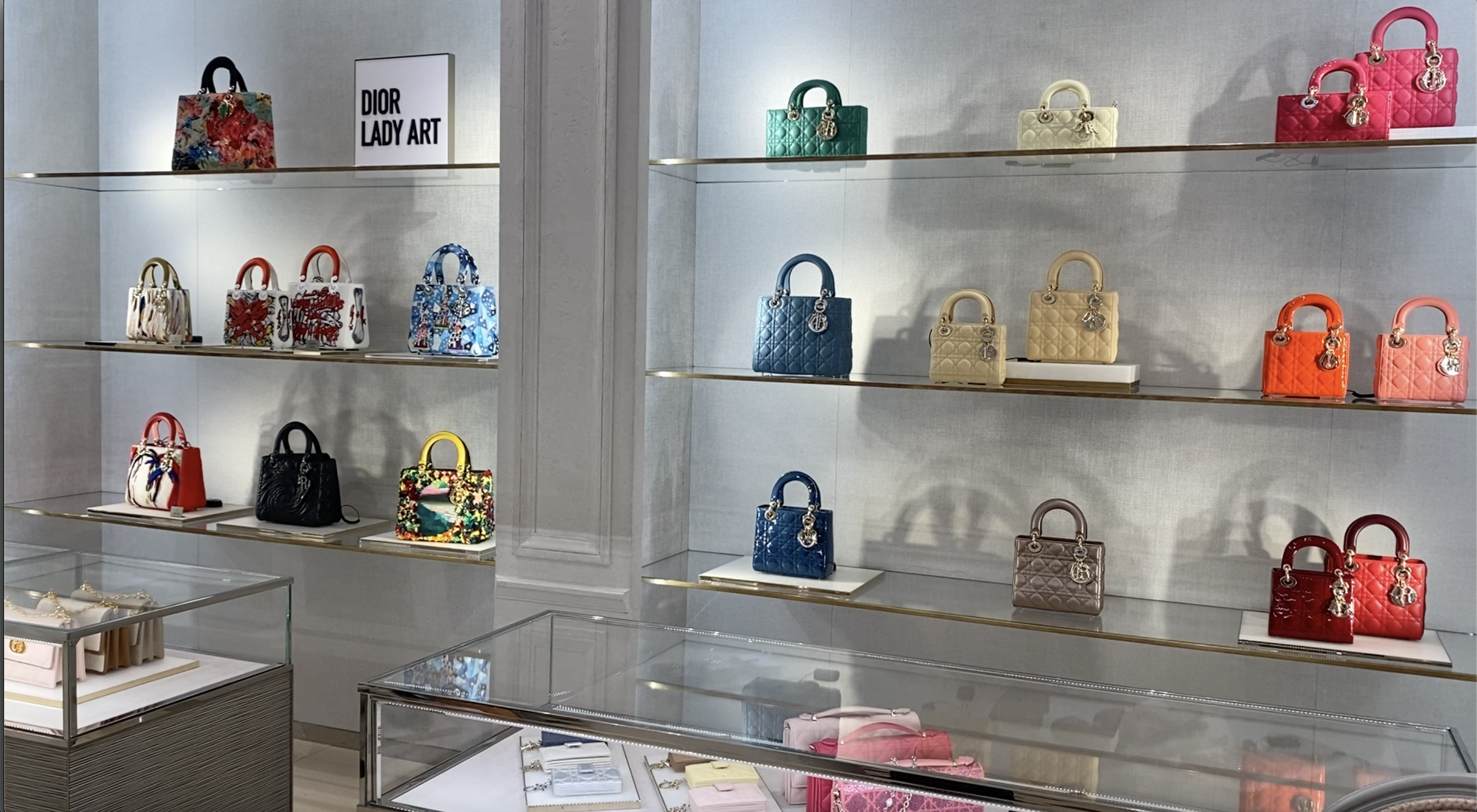The evolution of fashion and trends
How fashion has changed since the 2000s
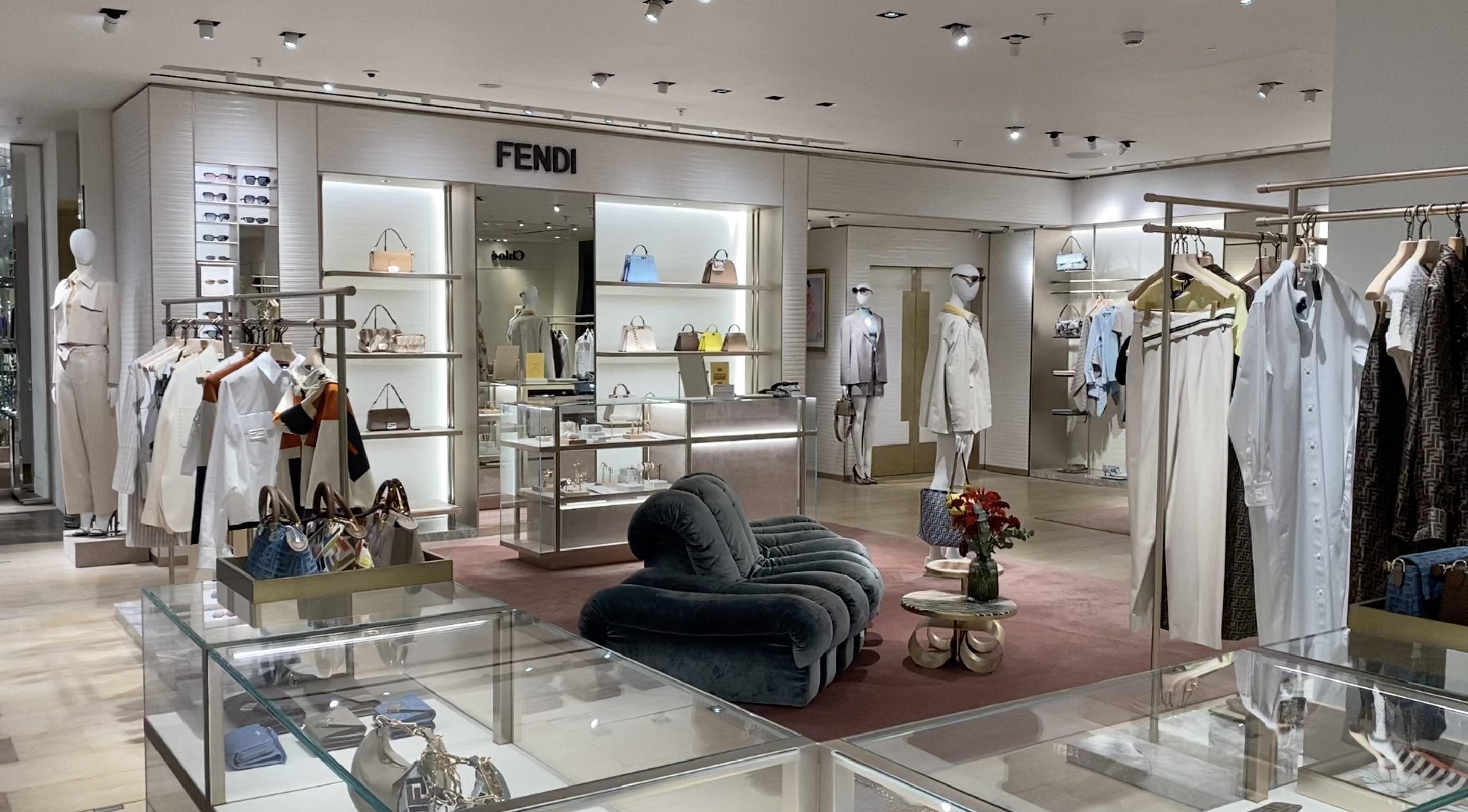
Fashion possesses a remarkable ability to amplify our individuality and character, allowing us to freely express ourselves and exhibit our inner radiance.
Fashion has inevitably had to change with the times, allowing for an innovative new wave of clothing trends that have become more inclusive and sustainable.
As we have watched fashion change and develop since the early 2000s, we must honour the timeline of events that have got us to where we are today.
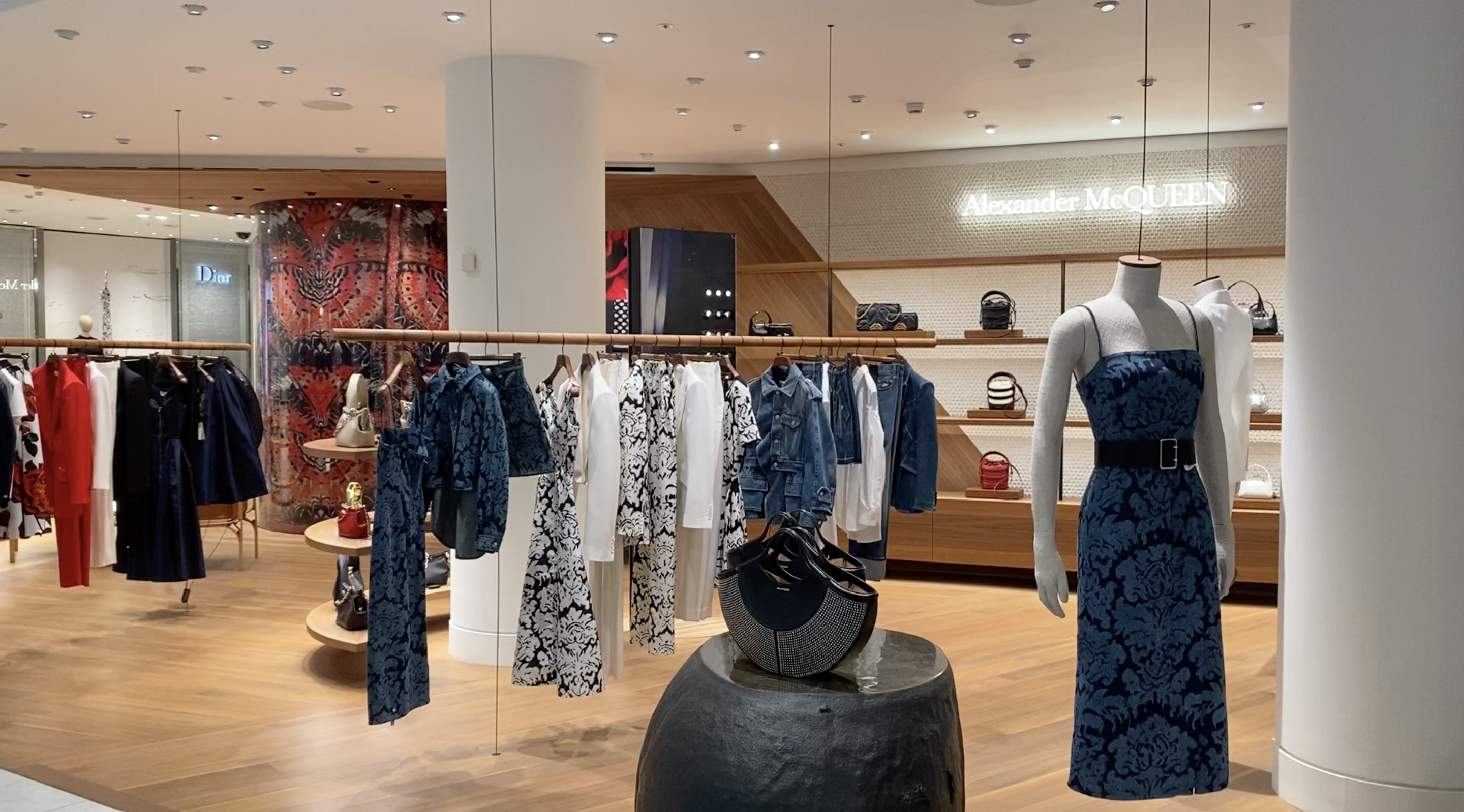
Fast fashion erupting in the 2000s
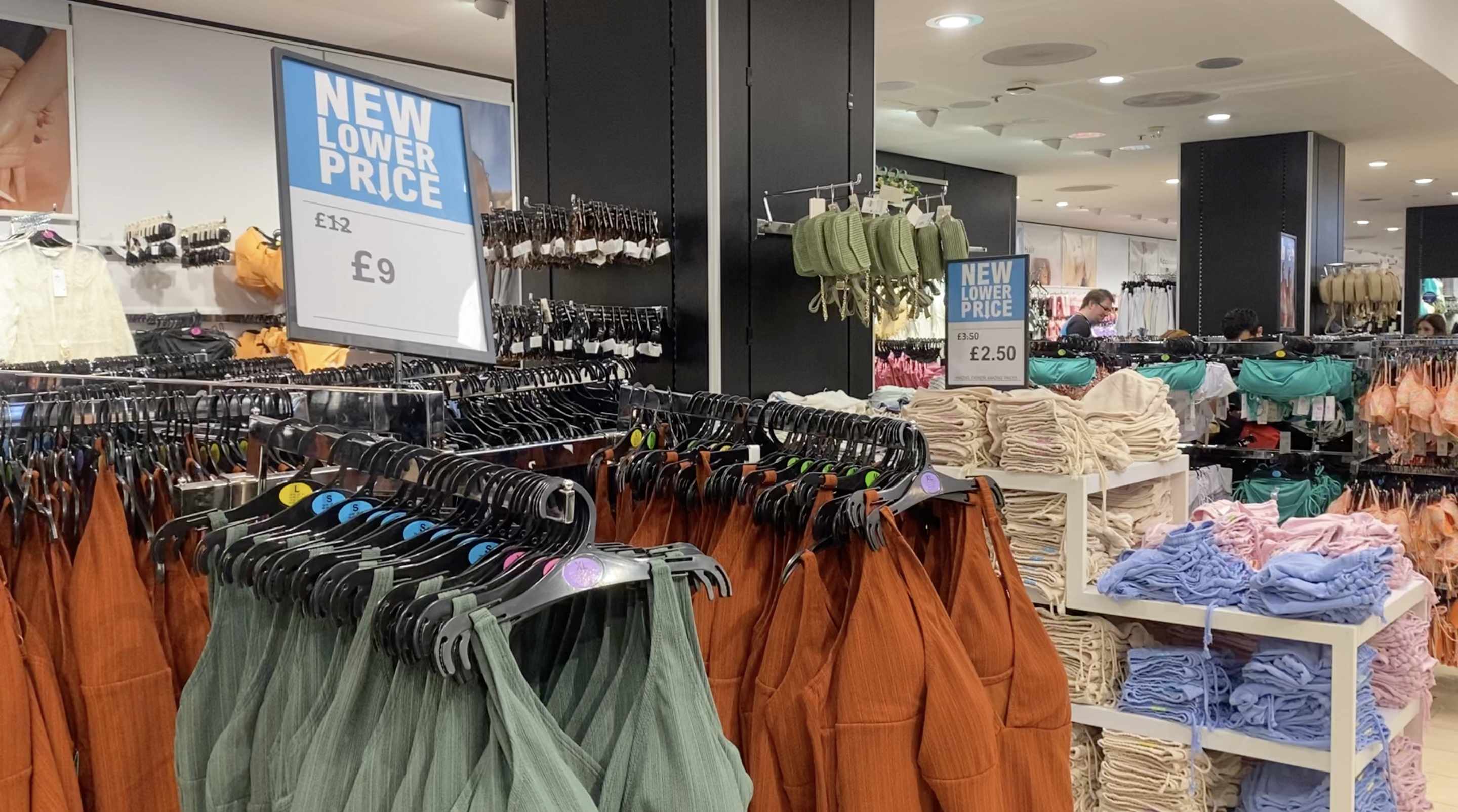
Fast fashion started to flourish before the 21st century with brands like H&M coming on to the scene in 1947. Mass production and mass consumerism really took off in the 1950s, prompting a shift in manufacturing to offshore factories which were able to offer even more competitive prices, resulting in lower prices for consumers.
But the next wave of fast fashion began in the mid 2000s as stores like Primark began to sell clothes for extremely cheap prices and an even faster turn over of production and trends. This is where it really started to gain some momentum.
The introduction of fast fashion is one of the biggest turning points within the fashion industry as the availability and bargain-rate of products changed consumer behaviour forever.
Now most high street stores do not operate on the seasonal basis they once did. Instead there is now an overwhelming amount of production and consumption, which is inevitably taking its toll on the environment. It has been estimated that 85% of all textiles go to dumps each year, making fast fashion much more harmful than beneficial.
A lot of people have now developed a detrimental relationship with clothing, especially with the influence of social media, as it is common for products to only get a few wears before they are deemed invaluable.
I spoke with Grace Sprott, a micro-influencer on Instagram, about her relationship with clothes. She reveals that her top three high street stores are Zara, H&M and Primark as 'all of these brands are both affordable and stylish, catering to everyone's taste'.

Grace Sprott, a micro-influencer on Instagram, spoke about her relationship with clothes.
Grace Sprott, a micro-influencer on Instagram, spoke about her relationship with clothes.
She said: "When it comes to whether or not I would wear an outfit again, it depends really. Sometimes I wouldn't wear an outfit again if I have already worn it and got a photo in it.
"I'd happily wear the outfit again if it's not too soon after.
"However if I know I would never wear the outfit again, then I would just get rid of it."
Sprott is not alone in her attitude towards rewearing outfits. Research conducted by Barnado's found that one in three young British women consider clothes to be 'old' after just one or two wears.
And it is no wonder that people share this perspective, as a survey carried out by sustainable clothing brand Lucy & Yak revealed that Brits are affected by what they call the 'wear it once' culture.
They found that 27% of Brits said that they judge others who wear an outfit more than once. In the same survey, 12% of respondents said that most of the time they will only wear an outfit once and then never wear it again. This amounts to about one in five out of the 1000 people surveyed.
Unfortunately social media has a big part to play in allowing the fast fashion process to continuously worsen.
The most common explanation given as to why those respondents treated clothes as they did was because they do not want people to see it twice on social media.

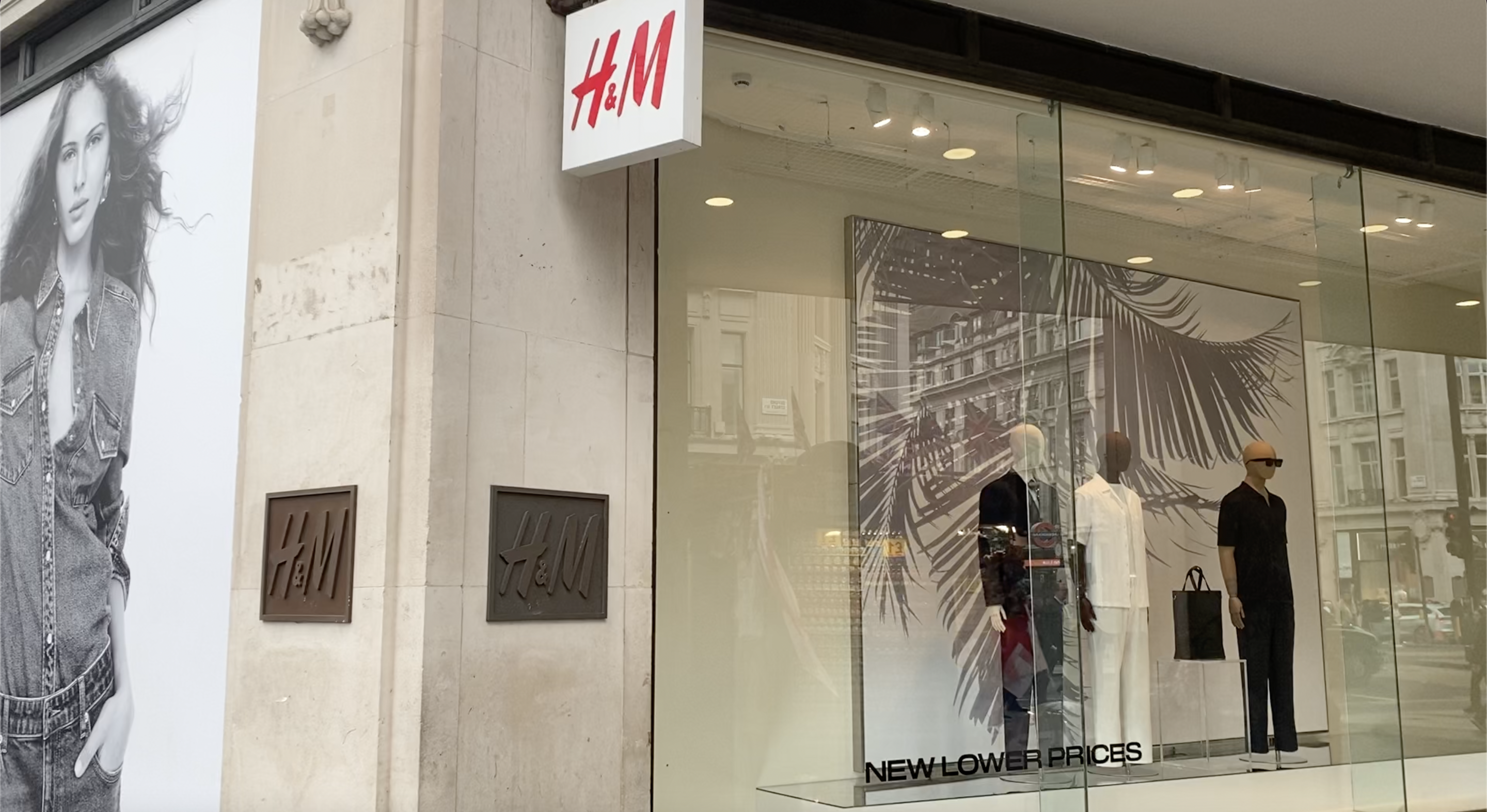
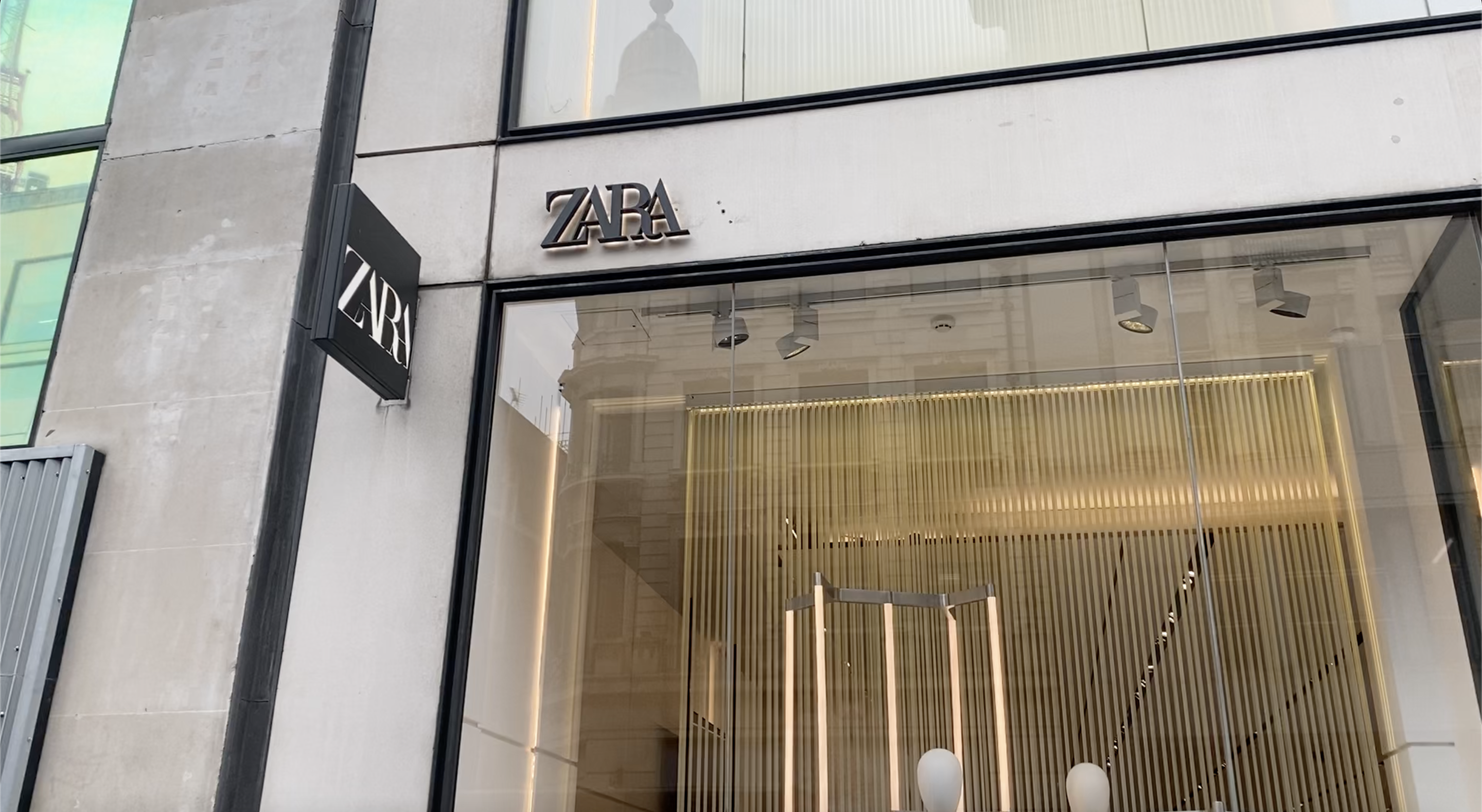
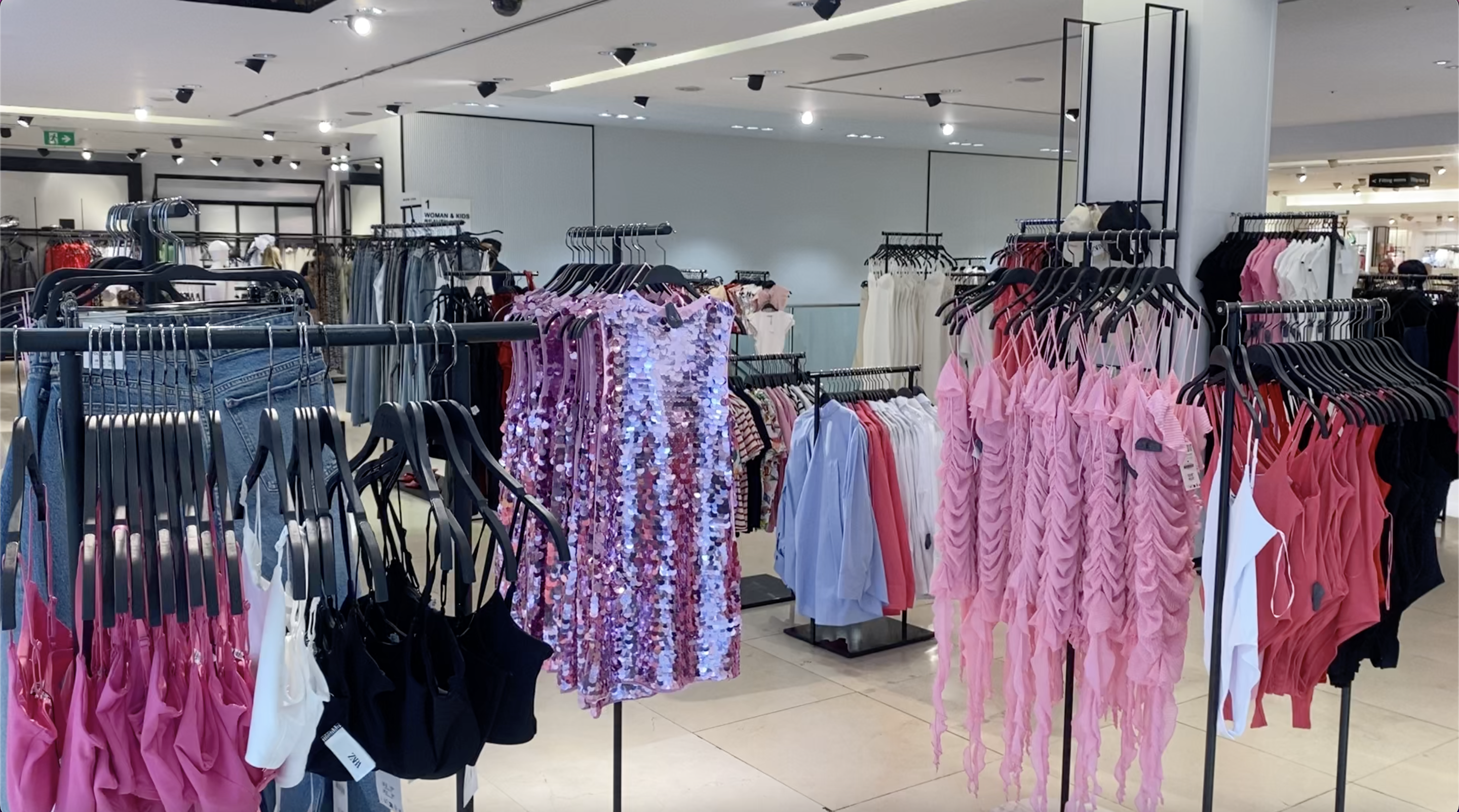
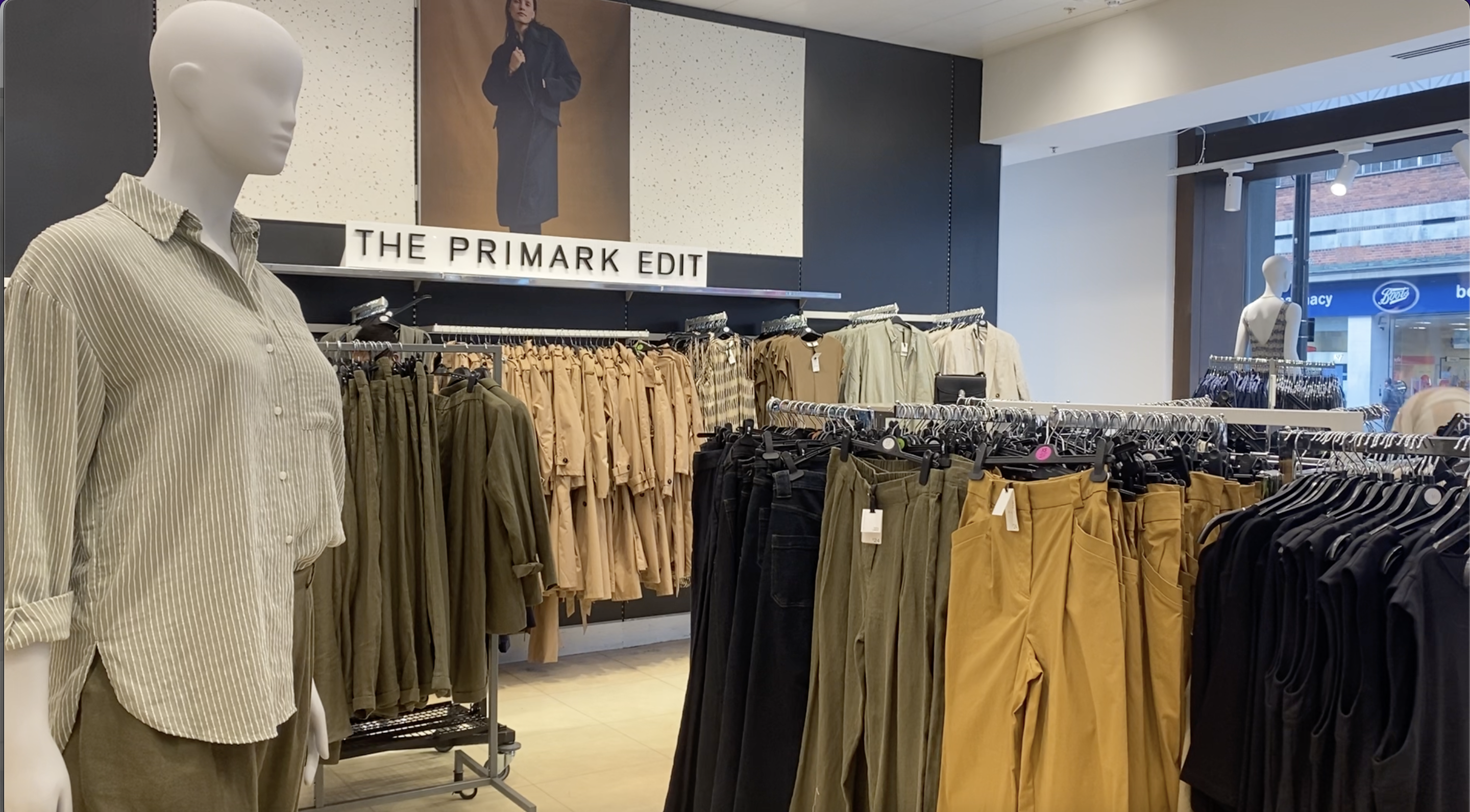
A turning point within the industry...
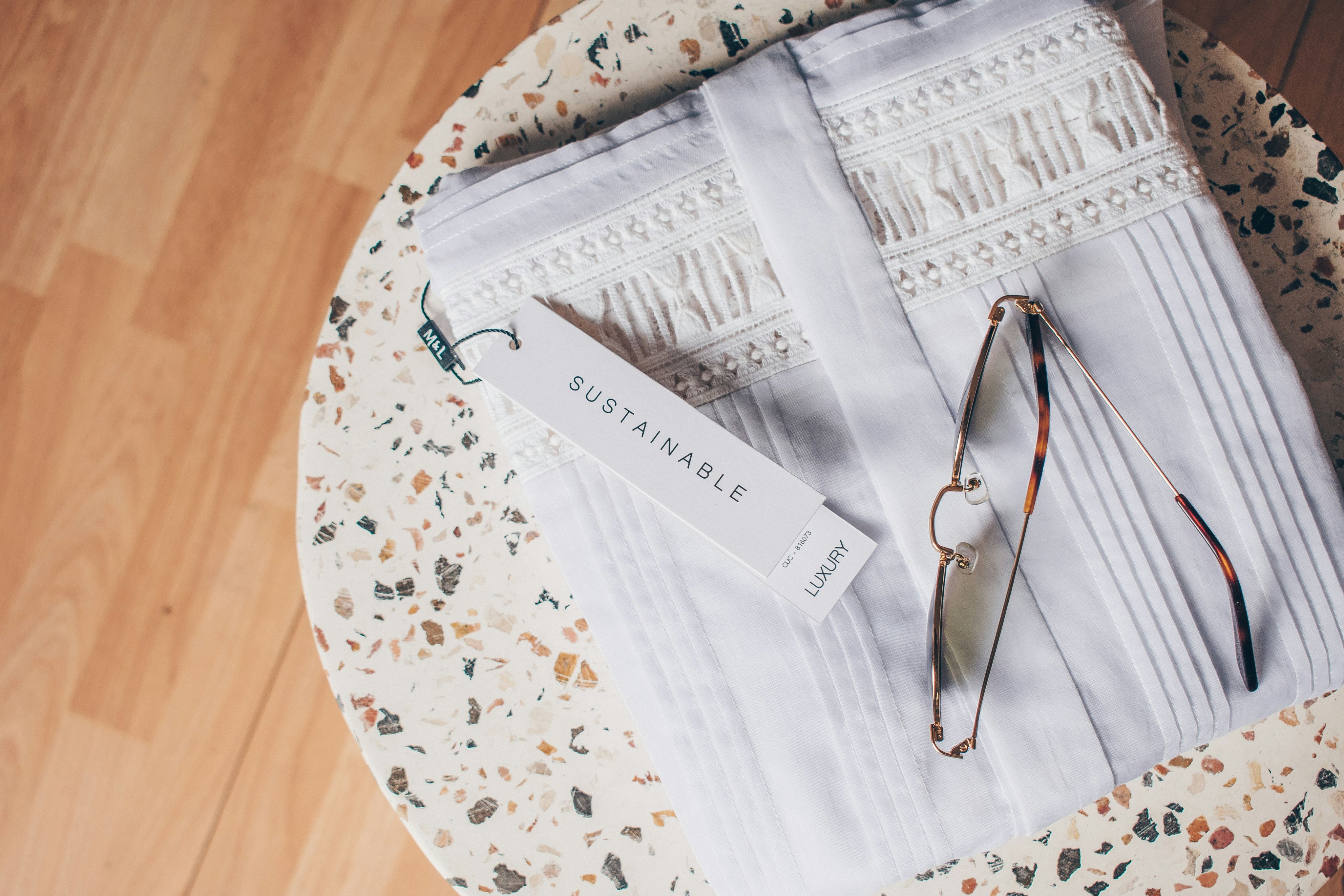
Last month was the 11-year anniversary of the Rana Plaza tragedy. On the 24th April 2013 the eight-story commercial building collapsed in Bangladesh killing over 1000 people.
The day before the tragedy large structural cracks were discovered. The Rana Plaza housed several shops, a bank and garment factories. When these structural flaws were recognised, the shops and bank on the lower floors closed immediately.
But due to management pressure, garment factory workers were forced into work the next day and when the building inevitably collapsed hours later, the death toll amassed a harrowing 1,134 people.
This was a huge turning point in the evolution of the industry as it ultimately forced people to recognise the impact of fast fashion on human rights and pollution.
I spoke with Jay Kerr, an activist from the international solidarity campaign No Sweat, about the impact of the Rana Plaza tragedy on the fast fashion industry and the current state of garment workers rights.
He said: "Rana Plaza was definitely a huge turning point and is still seen to this day as a kind of watershed moment.
"Such a huge tragedy with so many deaths focused a spotlight on the industry which we as campaigners had been struggling to do.
"It put pressure on big brands who initially tried to distance themselves from it. They brought up the line that these were subcontracted factories so they are not their direct responsibility.
"But there is video footage of the brands labels being pulled out of the rubble and that really hit home."
Last month No Sweat took to the streets of London as part of the Rana Plaza Solidarity Collective, along with other campaign groups such as Labour Behind the Label and individual activists.
They organised a protest with the slogan 'remember the dead but fight for the living' as they aimed to honour the tragedy but focus on more recent events that require attention within the industry.
The protest involved a walking tour on Oxford Street, looking at the flagship stores of some of the major brands that were involved with issues around Rana Plaza.
But the collective also put the spotlight on protests that occurred in Bangladesh in November 2023 over the minimum wage. Garment workers held mass demonstrations on the streets which were met with brutal force by authorities.
Although most fast fashion brands that source from Bangladesh claim to support a living wage, they are only required to pay the workers who make their clothes the legal monthly minimum wage. In Bangladesh this is one of the lowest in the world and has remained set at 8,000 taka (£58) since 2018.
Protests escalated when the government announced a minimum wage increase for the workers, from 1 December, to 12,500 taka (£90). However workers were left unsatisfied as this is far below the 23,000 taka a month they say they need to keep their families from starvation.
Kerr said: "The minimum wage was risen by such a small amount, it really hasn't made a difference as it was so low anyway, nowhere near a living wage.
"Some of these protests were oppressed quite badly by police and four people died. Since then around 20,000 arrest warrants have been issued, and this is against workers just protesting for a decent living wage.
"Our protest focused on that rather than the tragedy of Rana Plaza, but we did start with a minute silence in memory as that was the reason we were there.
"Some of the companies we stopped at have recently posted billion dollar profits so it is just insane that they can't afford to pay their workers a decent wage."
The effect of technology

The internet has had a huge impact on the fashion industry, transforming the way designers and fashion houses operate. It has opened up opportunities for them to reach a global audience, resulting in the growth of fashion brands and an increase in the number of consumers.
Through various online platforms like social media, online advertising, and e-commerce, fashion brands can now engage with consumers in innovative ways.
One of the most significant changes brought about by the internet is the rise of online fashion retailers. These platforms allow consumers to shop for clothing and accessories from anywhere in the world, at any time. This has not only expanded the options available to consumers but has also intensified competition among fashion retailers.
Additionally, social media has played a vital role in the industry's transformation. Platforms like Instagram and TikTok have provided fashion brands with a direct channel to connect with consumers on a more personal level. Ultimately this has resulted in increased followers, higher engagement, and more customers for fashion brands.
It is now common for brands to interact with influencers across social media and gift them clothing to promote across their social pages.
Grace Sprott has built up a following of over 10,000 followers on Instagram, and has revealed that she receives more new clothes as gifts than she buys herself.
Sprott said: "Since I have made my Instagram public and started being more active many fashion brands have been messaging me to gift me clothes on a weekly basis.
"I now get around 8-10 new outfits each week to promote for different brands.
"Since the beginning of this year I haven't actually bought any items of clothing because I have received enough gifts to provide me with outfits for both chilling at home and going out."

THE IMPACT OF SOCIAL MEDIA: Through Instagram brand deals Grace receives more gifted items than she buys.
THE IMPACT OF SOCIAL MEDIA: Through Instagram brand deals Grace receives more gifted items than she buys.
When considering this element to the fashion marketing process that has been allowed to transpire due to social media, it is easy to imagine the sheer amount of clothes that are being produced and pushed out to consumers.
At the end of 2023 there were more than 64 million influencer accounts on Instagram all over the world. Undoubtedly many of these accounts will be offered gifts which means that there is now a huge amount of products being given away for free in exchange for promotion, only further adding to the expansion of fast fashion.
What is luxury's contribution?
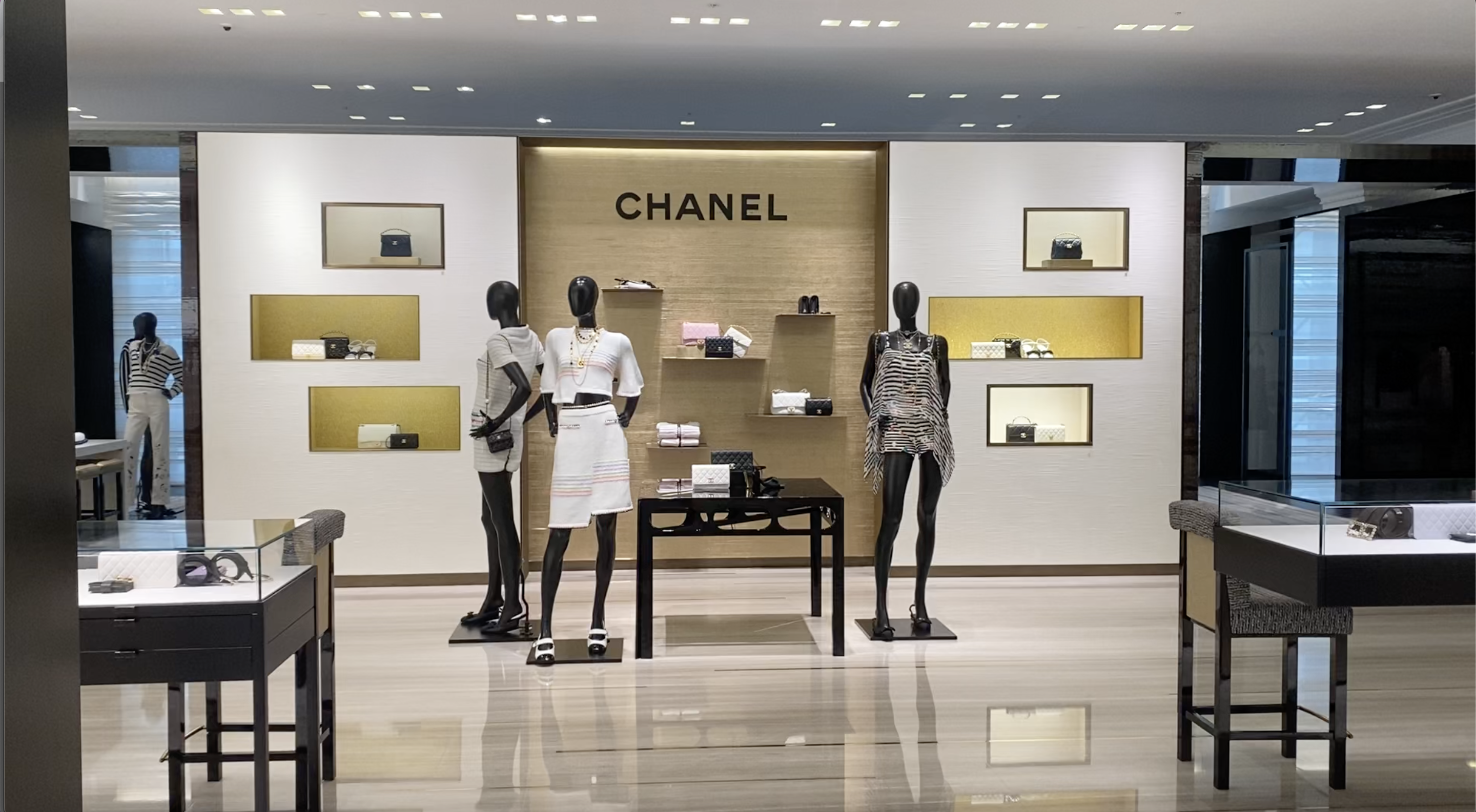
When it comes to luxury fashion, there are also many issues they share with fast fashion brands. Many believe that luxury brands are inherently more sustainable than fast fashion because they produce fewer products, but there are still problems surrounding luxury brands when it comes to exploiting both labour and resources.
According to Statista, consumers assumed brands like Dior and Chanel to be among the most sustainable brands in the luxury business.
Chanel has made effort to use some eco-friendly materials, but there has been no evidence to support any effective action to reduce hazardous chemicals or textile waste from their supply chains.
The Fashion Transparency Index has revealed there is no evidence to support that the brand has done anything to ensure living wages in their supply chains – the same goes for Dior.
Dior affirms its 'commitment to social and environmental responsibility' in their ethics charter and says that its practices are in accordance with the Guiding Principles of the United Nations and the Declaration of International Labour Organisation on Fundamental Principles and Rights at Work.
In their most recent Modern Slavery Statement in 2023, Chanel also say they are 'committed to respecting human rights at work across its whole value chain, as defined by the International Labour Organisation’s eleven fundamental conventions'.
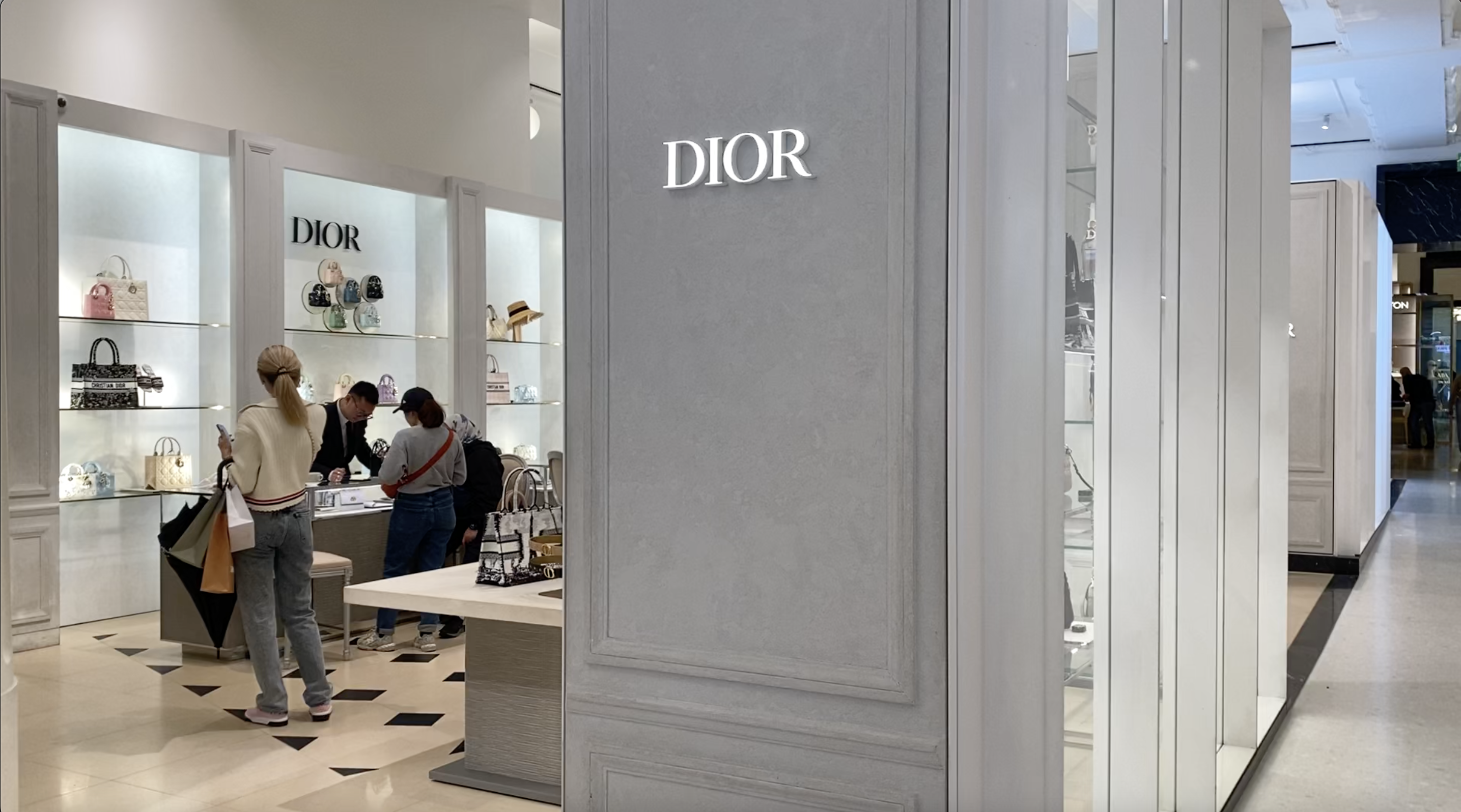
Ultimately, the whole fashion industry has changed drastically since the 2000's, with the internet being a major factor.
Without social media and the internet there would be no means for all of these new brands to grow and reach a global audience.
It has also been an important way for campaigns like No Sweat to create a community of people fighting for change for the world to see.
Although the fashion industry has made steps in the right direction, as they continue to grow it must be considered, are they doing enough?
